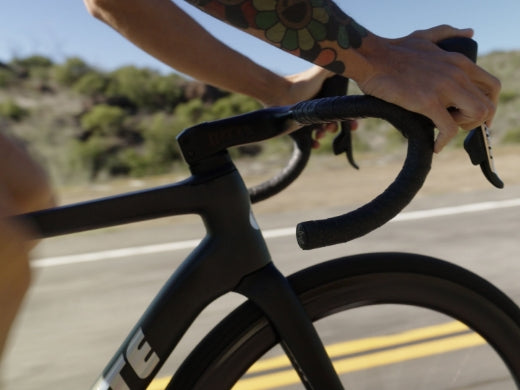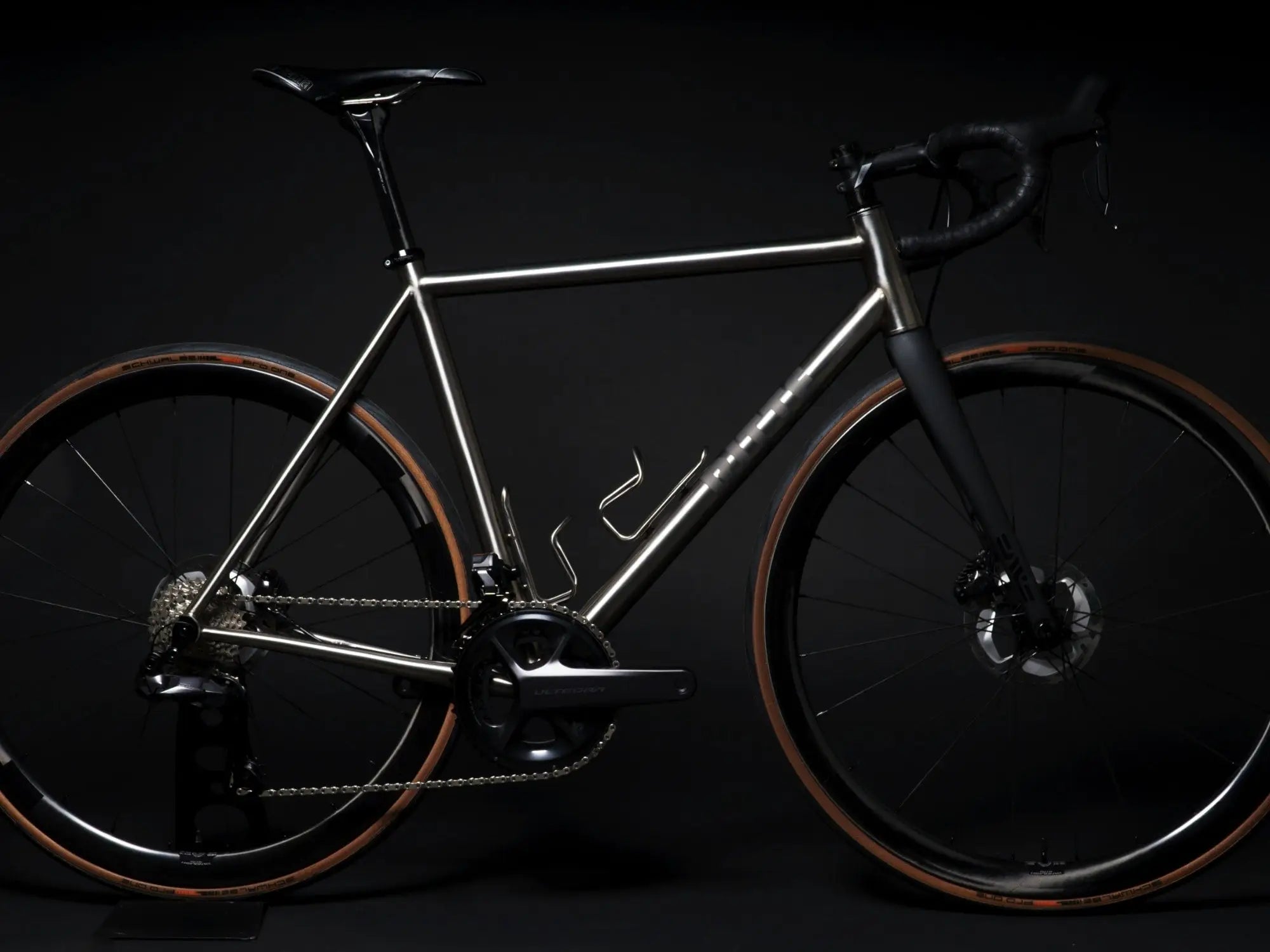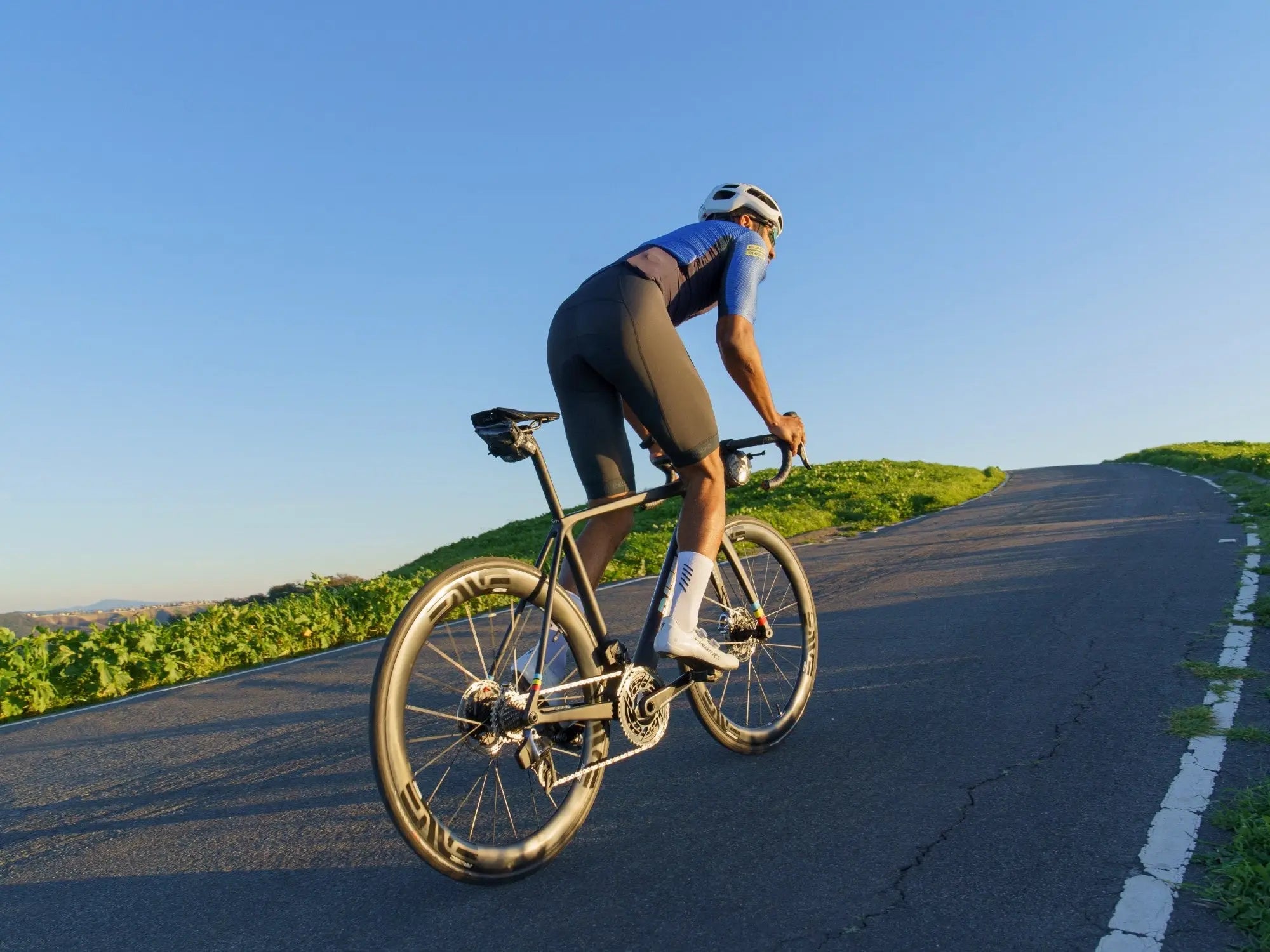But what does that mean? You’ve read our take on Road Bike geometry, you’ve studied the numbers and done the math. So what on earth is Ritte talking about?
Let us explain! There are very few secrets in the world of bicycles. Drop bar bikes have fit into a mold of acceptable tolerances for quite some time - you can’t go too extreme in any direction with a road bike or they simply don’t work well where they’re meant to: on the road. There isn’t much to hide in the formula and we put all the numbers out there for the world to see. Nothing is kept hidden in our geometry charts because we want you to know exactly why and how this all works.
We’re operating in a world of nuance and small tweaks. A world where millimeters can be felt. Sound crazy? You felt the difference going from 23mm to 25mm tires, right? Well now we’re all riding 28s…or bigger! The bikes need to adapt for that - even a few millimeters increase in bottom bracket height changes the balance massively. And you know we’re into balance based on our last geometry blog. We can’t escape that fate - SoCal, Yoga, Meditation, and granola bowls - ya know?
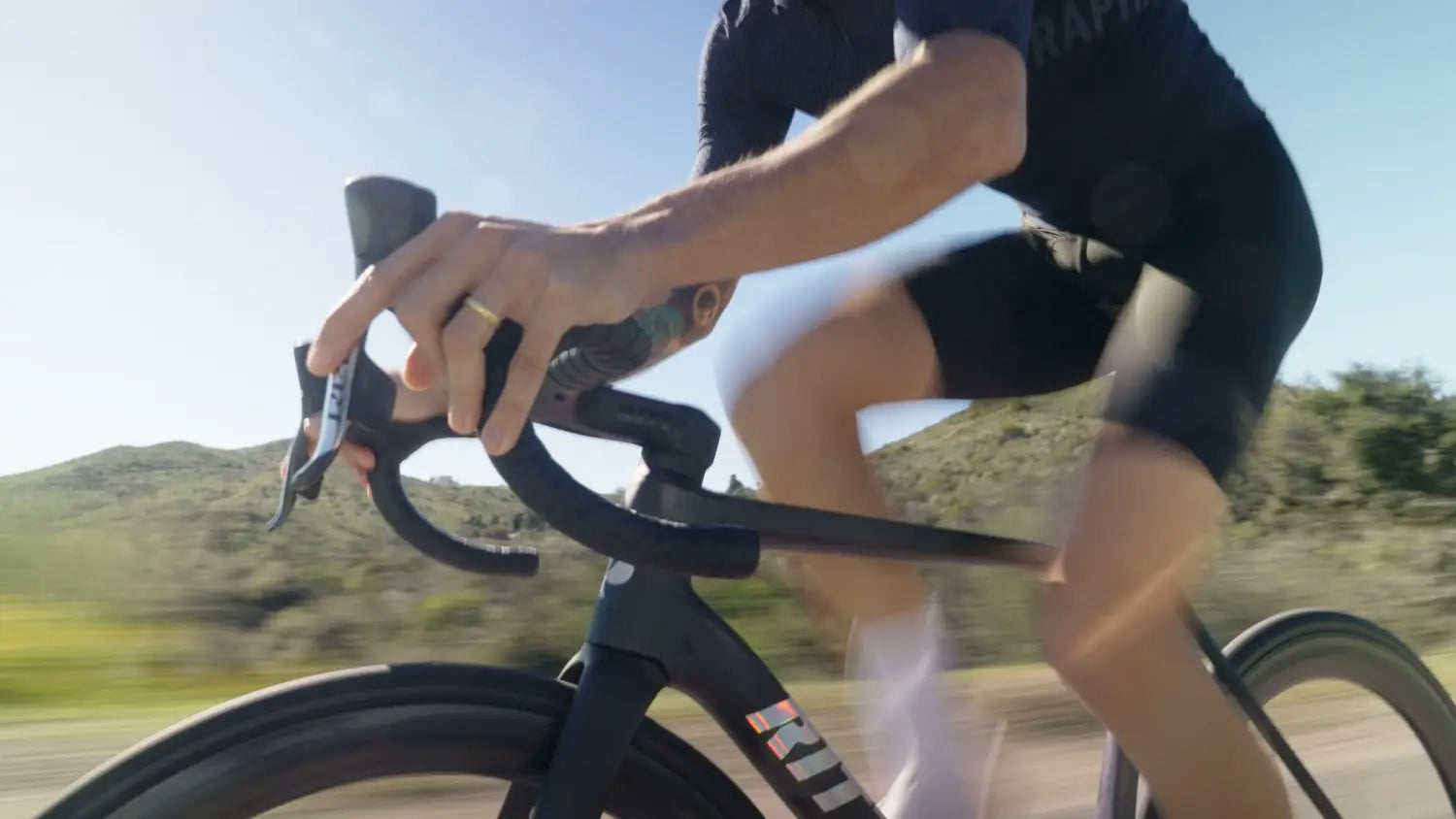
At any rate - here is how we want our raciest road bikes to handle: intuitively.
One word with a ton of meaning. A ride that’s confident, consistent, and composed. You should not be fighting the bike, ever. It should go where you tell it to go, it should hold a line well through corners and on the straights when you need it to, and it shouldn’t get unsettled. The type of bike you can ride at 11/10ths or 1/10th without having to worry about what the bike is doing.
Turn in should not be sharp. It should be precise. The rear end shouldn’t be whippy. It should be planted. The bike should enter and exit corners with you, it should not ever fight you or require extra attention be paid to it. IE: the bike should never have any handling quirks. At the start of your ride, pre-coffee, or nearing the end of a long day in which you’ve bonked and aren’t all there - you should never second guess your rig. It should make you a better rider.
Which bikes do this best? Old school, classic, stage racing machines. The bikes your oldest riding buddies wax poetic about. Track bikes, CX bikes, endurance bikes, and TT bikes need not apply for this duty. What makes this sort of revered, old school ride different? Moderate length wheelbases, lower bottom brackets, moderate trail figures (57-59mm), and the right balance of front center to chainstay length all customized per size.
There these guys go again, talking about balance.
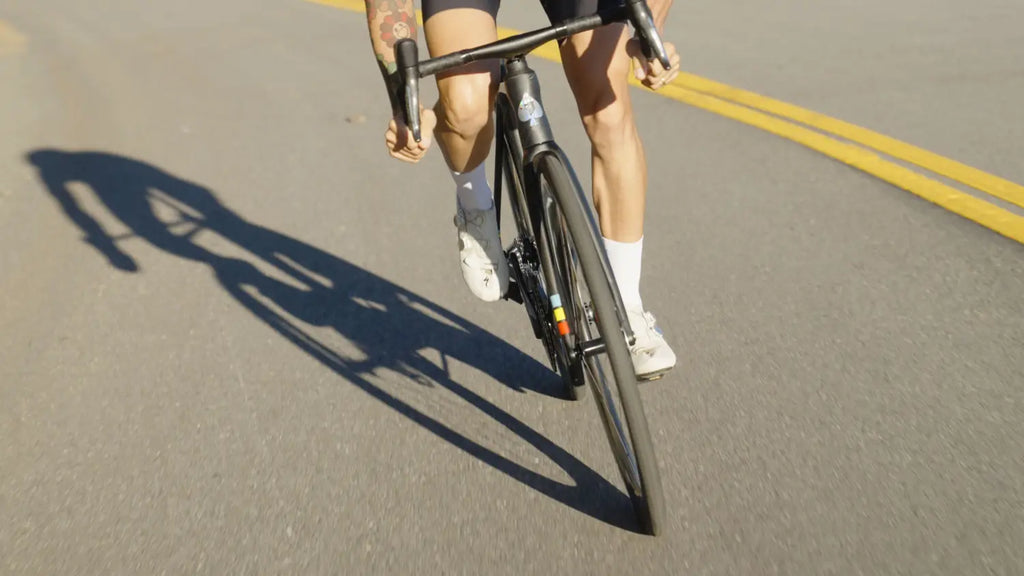
But those old school bikes were built around 21-23mm tires. They were built for quill stems, traditional hooks, and comparatively small shifters - different hand positions and straight toptubes. And they were built out of metal, in a time when almost all high end bikes were built to order. Some of the art, and a lot of the care and nuance, was lost in the transition to carbon fiber. It’s not a simple copy and paste of the geo chart, nor is it simple from the manufacturing side where maximizing all mold utilization is the usual priority.
With the popularization of threadless stems and modern cockpits, bikes have become more adaptable and a smaller size range can fit a larger number of people than ever. Though at the same time, the standardization usually present in mass manufacturing has led to bikes that are simplified in a way that doesn’t serve riders. Bikes where every single size in the, now smaller, range shares the same chainstay lengths, the same tube shapes (more on that later) and the same 1 or 2 fork offsets. These are bikes that come with compromise - they don’t handle well for everyone and often handle well for no one. That’s not our approach. That’s not Ritte.
Each size of Esprit is designed independently to be the best bike it can be. We don’t look at the range and think “let’s build the best bike we can while being most efficient at utilizing the smallest possible number of molds.” We build these thinking “let’s build the best 55cm race bike we can, and then let’s build the best 58cm race bike we can.” If those bikes must be different to best serve riders of those sizes, that’s an investment we are happy to make. The geometry is a big part of this, and as you gathered by now - so is the layup and shaping. We’ll talk about that more soon. But on the handling front, this means geometry that is the best it can be for a given frame size / rider size combination - even if that means opening additional molds or utilizing additional layup schedules. We think you’ll notice that difference.
We’ve spent eons agonizing about this, thinking about exactly how these bikes should handle so you don’t have to. Ideally, you’d never think about it - you’d just throw a leg over and enjoy the ride every time.
Read more about our geometry and our approach to handling.
ESPRIT GEOMETRY
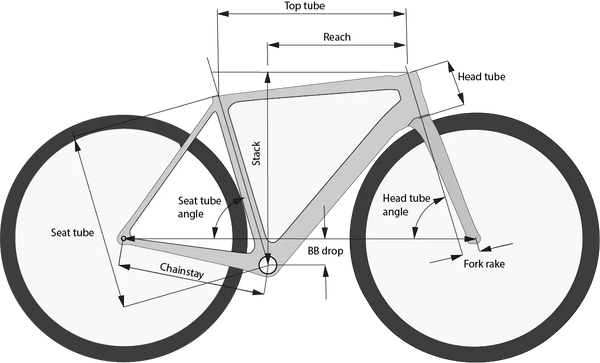
| XS | S | M | L | XL | XXL | |
| ST(C-T) | 428 | 463 | 499 | 512 | 528 | 547 |
| Head Tube | 105 | 125 | 140 | 155 | 170 | 190 |
| Head Angle | 72 | 72.5 | 73 | 73 | 73.5 | 74 |
| Top Tube (eff) | 518 | 535 | 550 | 565 | 580 | 596 |
| Seat Angle | 74.5 | 74 | 73.5 | 73 | 73 | 72.75 |
| Stack | 513 | 532 | 549 | 562 | 579 | 598 |
| Reach | 374 | 382 | 387 | 393 | 403 | 411 |
| Wheelbase | 982 | 993 | 987 | 999 | 1006 | 1020 |
| BB Drop | 76 | 74 | 74 | 72 | 72 | 70 |
| Rear Center | 420 | 420 | 415 | 415 | 415 | 420 |
| Fork Rake | 50 | 50 | 45 | 45 | 42 | 42 |


